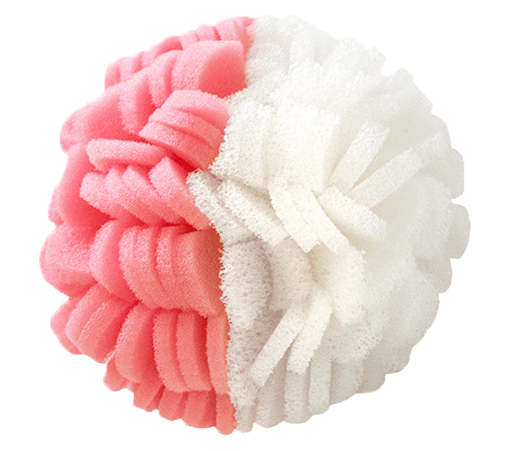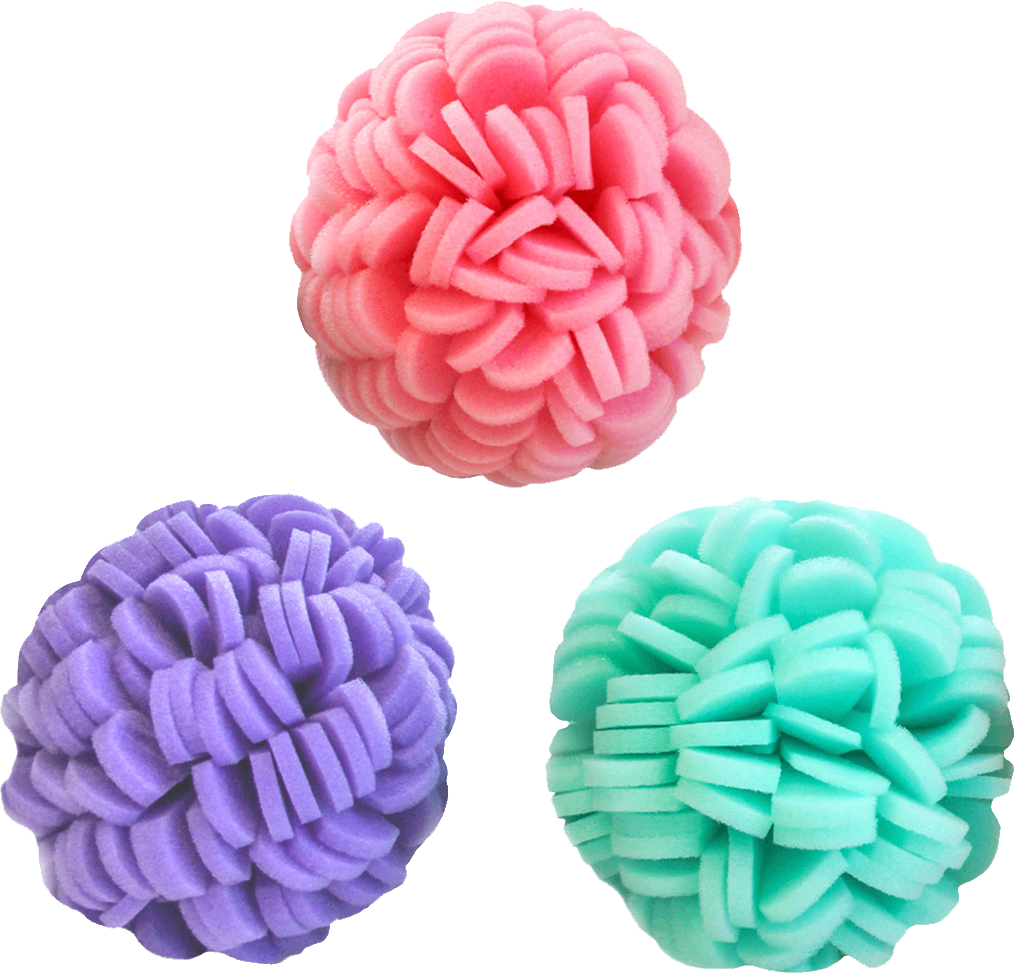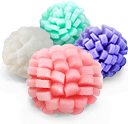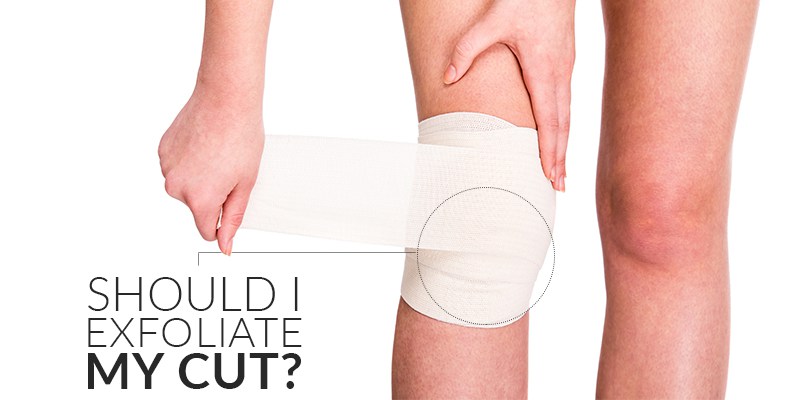ViaBuff readers often ask if they should exfoliate when they have certain skin conditions. “Should I exfoliate my wounded (or cut) skin?” is one of those questions. Although it’s easy to imagine that exfoliating a cut would remove dead tissue from an injury, in actuality exfoliating will usually do more harm than good.
You May Introduce Unhealthy Bacteria to the Wound
Regardless of the depth or size of the wound, wounded skin still suffers from a compromised (or non-existent) skin barrier that makes it much easier for bacteria to enter and infect it. Although human skin harbors healthy bacteria, our skin can also harbor a great deal of malicious bacteria and fungi, a special danger if we touch the injured site with unwashed hands. Even worse, helpful tools like loofahs and buffs can provide a welcoming home for bacteria like S. aureus and E.coli if they are infrequently cleaned. So what does this mean for your wounded skin? Even if you attempt to exfoliate your wound with good intentions, there is a fair chance that you will introduce malicious germs while doing so. In these cases, it is simply best to wait until your wound is healed before exfoliating the area (Healthcare-Online, European Journal of Dermatology, Centers for Disease Control and Prevention ).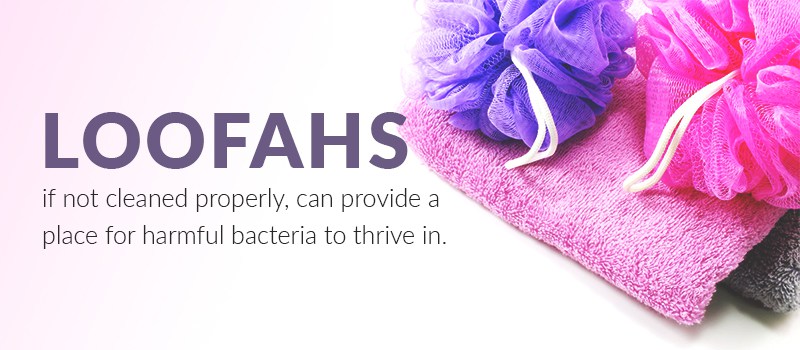
You May Exfoliate Away New Tissue
Wound healing is comprised of three main stages: the inflammatory phase, in which blood begins to clot and the wound appears swollen and inflamed; proliferation, in which the wound is covered in new granulation tissue and a new network of blood vessels is developed; and the maturation phase, where the wound closes, collagen is remodeled, and cellular activity is reduced (CliniMed). If you exfoliate too early in the wound healing process, you risk sloughing away new tissue and preventing the wound from healing fully.
You May Dry or Irritate the Cut
In order to heal properly, wounds and cuts should be kept moist through the healing process. A moist wound allows good bacteria to thrive, guards against infection, and encourages cells to exhibit healing activity (Surgery Supplements, Palomar Health). Exfoliating products rely on keratolytic ingredients like salicylic acid, glycolic acid, and lactic acid which have been reported to irritate or dry the skin of some users. This drying property makes them unsuitable for use on sensitive wounds which need moisture to heal.
Bottom Line
When it comes to treating cuts or wounds, you should skip exfoliation. Using an unclean or unsterilized exfoliating loofah or buff may introduce harmful bacteria into your wound and lead to infection. Using keratolytic ingredients like salicylic acid and glycolic acid may dry the wound and delay healing. Similarly, exfoliation may interfere with fresh skin tissues that help the wound to heal and integrate with existing skin. Once your wound is healed and you are ready to begin exfoliating again, we suggest trying one of the ViaBuff Exfoliating Buffs, which are cruelty-free, dermatologist-tested, and last an average of 90 days, or three times longer than most other loofahs and buffs.

